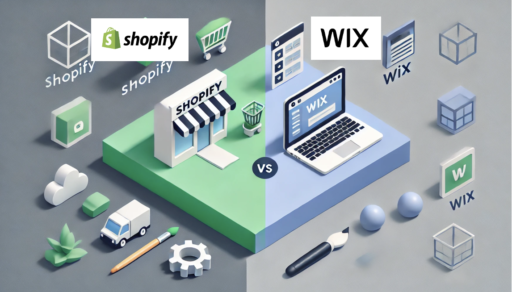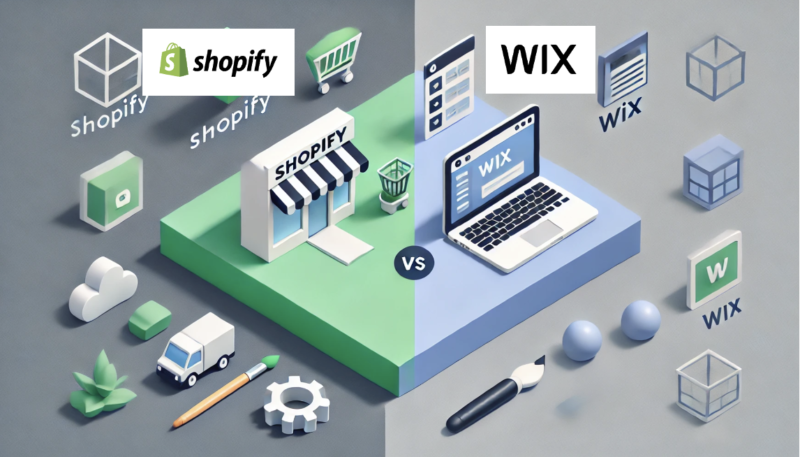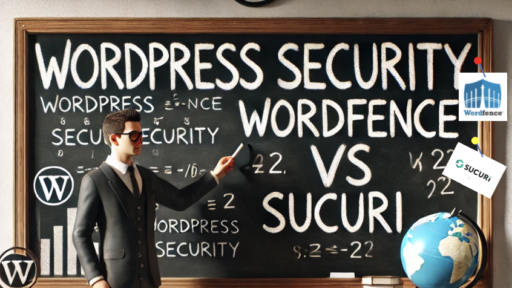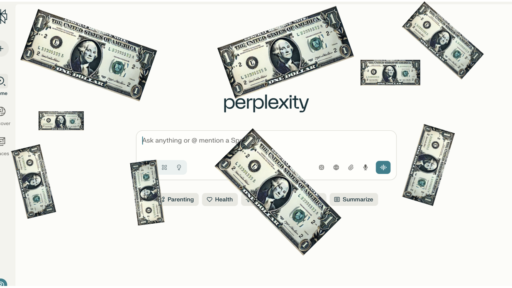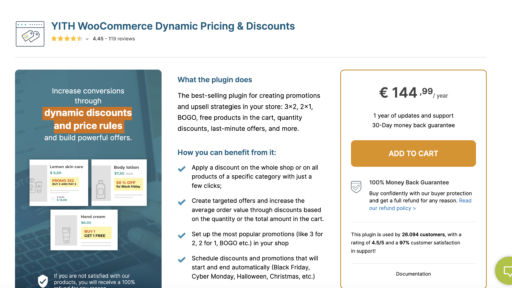In the high-stakes arena of e-commerce platforms, two distinct philosophies compete for dominance. Our deep dive into the architecture of digital retail reveals how Shopify Vs Wix are reshaping the future of online business in dramatically different ways.
THE COST OF ENTRY
In today’s digital economy, pricing isn’t just about monthly fees—it’s about the economic structure of your business model and the hidden costs of scaling. The true expense of your e-commerce platform reveals itself over time.
Shopify’s tiered approach starts at $29/month for its Basic plan, escalating to $79 for standard and $299 for Advanced users. The platform’s enterprise solution, Shopify Plus, commands a premium $2,000/month—positioning itself as serious infrastructure rather than casual software. While Shopify Payments eliminates transaction fees, using external payment processors will cost you an additional 0.5-2% per transaction—a subtle nudge toward platform lock-in.
Wix counters with a slightly more accessible $27/month for Business Basic, with its premium VIP tier topping out at just $59/month—less than a quarter of Shopify’s Advanced plan. This pricing ceiling reveals Wix’s target demographic: the emerging digital entrepreneur rather than the established online retailer. Notably, Wix doesn’t charge additional transaction fees regardless of your payment processor choice—a freedom that comes with its own limitations.
INTERFACE DEMOCRACY
The democratization of technology hinges on accessibility—can you build what you envision without specialized knowledge? The answer fundamentally shapes who can participate in the digital economy and how quickly they can adapt.
Shopify’s learning curve represents the traditional trade-off between power and accessibility. Most users require 3-5 days to reach basic proficiency, navigating a structured dashboard that separates admin functions from frontend display. This deliberate separation creates a more controlled environment but extends the average store launch timeline to 1-2 weeks for most merchants.
Wix disrupts this paradigm with its radical WYSIWYG approach, collapsing development time to 1-3 days for most users. Its on-page editing eliminates the context switching between admin and storefront, allowing direct manipulation of the customer experience. The result: most Wix stores launch within 3-7 days—a significant acceleration in time-to-market that can be crucial for businesses responding to market opportunities.
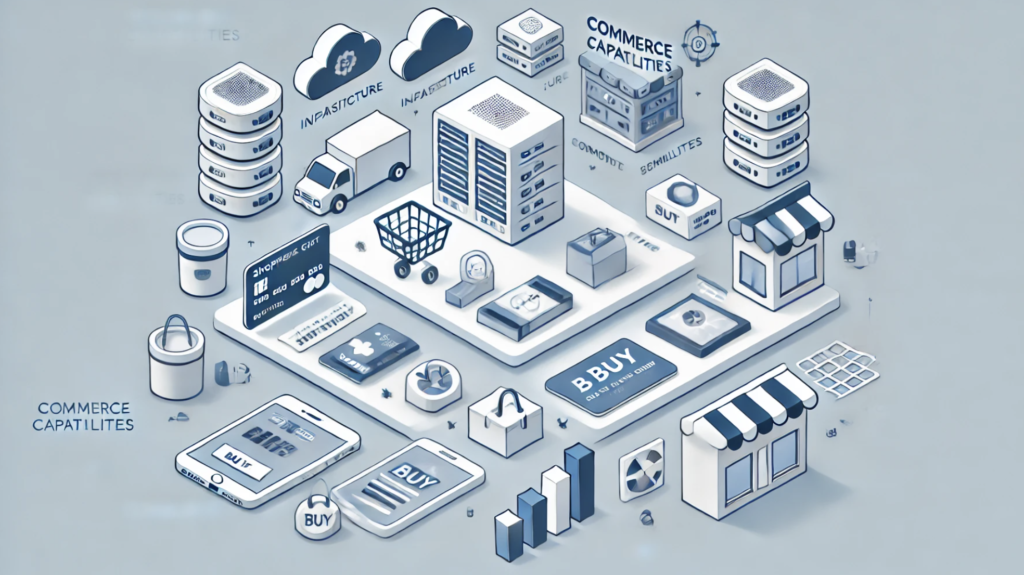
COMMERCE CAPABILITIES – SHOPIFY VS WIX: THE BATTLE FOR YOUR DIGITAL STOREFRONT
The underlying architecture of your digital storefront determines not just what you can sell today, but how you can evolve your offering tomorrow. These technical foundations establish the boundaries of your commercial possibilities.
Shopify’s commerce DNA manifests in its robust product architecture—unlimited products across all plans with up to 100 variants per product. The platform’s multi-location inventory system and advanced POS integration reveal its vision of commerce as an omnichannel experience. Abandoned cart recovery (absent in the Basic plan) and unlimited discount codes provide the tactical tools for conversion optimization.
Wix’s commerce layer, while supporting unlimited products, constrains variants to just 6 options per product—a limitation that becomes apparent for merchants with complex product configurations. Its single-inventory location model and basic POS integration through third parties position it for businesses with simpler operational needs. While abandoned cart recovery is standard across all Business plans, the limited discount options on basic tiers reveals its focus on smaller catalogs.
SHOPIFY VS WIX: THE BATTLE FOR YOUR DIGITAL STOREFRONT DESIGN FLEXIBILITY
The visual language of your storefront communicates brand identity before a single word is read. The tension between creative freedom and structural integrity defines the aesthetic possibilities of your digital presence.
Shopify’s design philosophy prioritizes structural integrity over unlimited freedom, offering 11 free and 100+ premium templates ($140-$350) with full HTML/CSS access for developers. Its section-based editor provides guardrails that ensure cross-device consistency but constrains creative expression within theme frameworks. The result is professional predictability with moderately flexible customization.
Wix radically inverts this approach with its vast library of 800+ templates (110+ specifically for e-commerce) and unrestricted drag-and-drop placement. This creative liberation comes with a trade-off: designs can sometimes lose coherence across devices despite the separate mobile editor. Velo (formerly Corvid) offers limited code access, prioritizing visual manipulation over developer control—a clear statement about Wix’s target user.
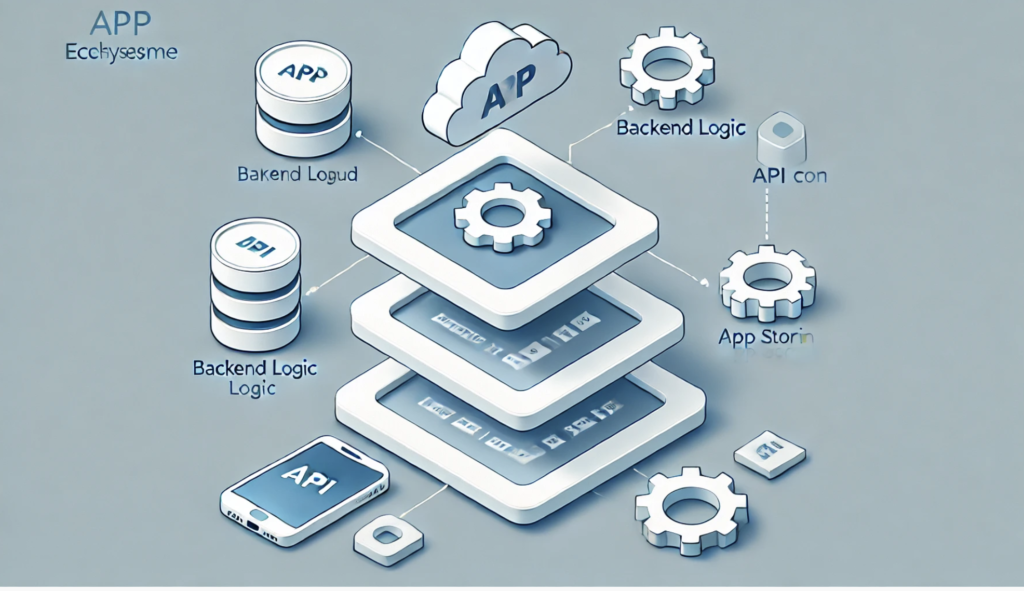
APP ECOSYSTEM
The extensibility of your platform determines its ability to adapt to emerging technologies and evolving business requirements. The app ecosystem represents not just current functionality but future potential.
Shopify’s ecosystem approaches operating system status with its 8,000+ apps (1,200 free), creating a marketplace of solutions for virtually any business need. This proliferation comes with its own complexity—core functionality like advanced blog management and SEO often requires additional apps. The comprehensive API access enables custom development, positioning Shopify as a platform rather than just a product.
Wix’s more curated approach offers 300+ apps (approximately 50 free) with stricter quality control. The platform includes more built-in functionality but fewer extension options, revealing a philosophy that prioritizes integrated solutions over endless customization. Limited API access through the Velo platform reinforces this controlled approach to extensibility.

SEO ARCHITECTURE
In the algorithm-driven economy, visibility is currency. The technical SEO foundations of your platform determine whether your products appear in the critical moments of discovery or remain hidden in digital obscurity.
Shopify’s SEO infrastructure delivers clean, customizable URLs and automatic sitemap generation with technical performance that translates to average PageSpeed scores of 65-75. Basic schema markup comes standard, though advanced implementations require additional apps. The platform’s somewhat limited meta control and basic blog functionality reveal its commerce-first philosophy.
Wix has aggressively evolved its SEO capabilities, now offering full meta control, clean URLs, and automatic sitemaps. Built-in product schema and comprehensive blog functionality provide strong content marketing foundations. The platform’s average PageSpeed scores of 55-65 highlight ongoing performance challenges, though significant improvements have been made in recent years.

PERFORMANCE METRICS
In digital retail, performance isn’t just technical—it’s financial. Every millisecond of load time impacts conversion rates, making your platform’s speed and reliability direct contributors to revenue.
Shopify’s infrastructure delivers measurable performance advantages with average page load times of 1.3-2.2 seconds and 99.98% uptime. Its global network, leveraging Fastly CDN provides unlimited bandwidth and traffic capacity, creating a technically scalable foundation for high-volume sales events. The platform’s architecture is engineered for predictable performance under unpredictable loads.
Wix’s performance metrics reveal the trade-offs of its more flexible approach, with average load times of 2.5-3.8 seconds and 99.96% uptime. While the Cloudflare integration and global data centers provide solid foundations, the platform’s more customizable nature can impact performance consistency, particularly for image-heavy or complex stores.
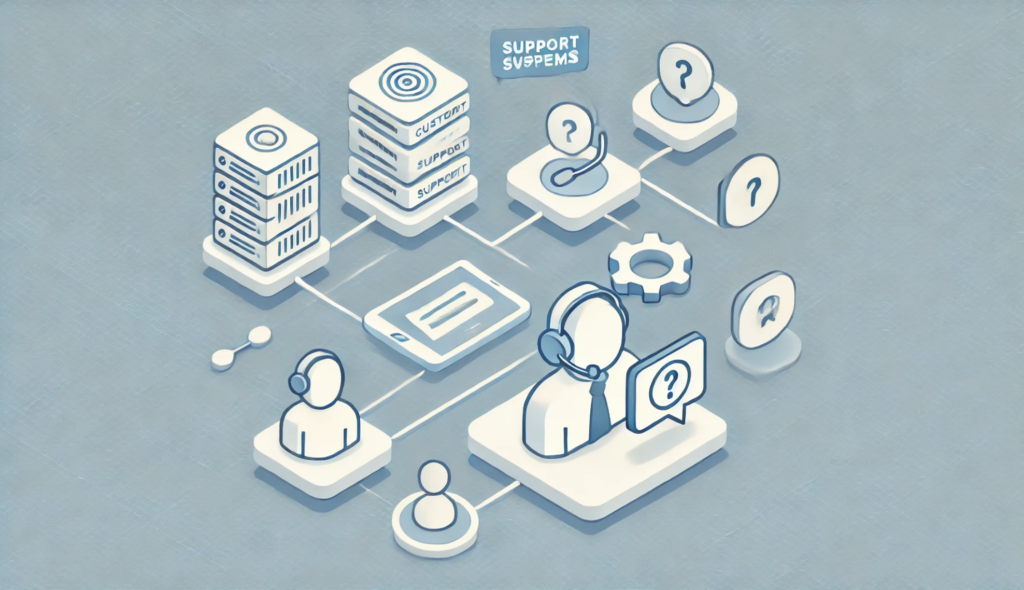
SUPPORT SYSTEMS
When technical issues threaten revenue, the availability and quality of support become critical business factors. The support infrastructure represents not just assistance but business continuity assurance.
Shopify’s support ecosystem offers 24/7 omnichannel access through phone, email, and live chat with average response times of 1-3 minutes for chat inquiries. Its extensive knowledge base (2,000+ articles) and active community forum (100,000+ members) create a multilayered support structure, with dedicated support representatives available on higher-tier plans.
Wix approaches support differently, emphasizing 24/7 callback and email over live chat, with average response times of 3-5 minutes for callback requests. Its comprehensive knowledge base (1,500+ articles) and active community (50,000+ members) provide solid self-service options, though direct support is more limited on entry-level plans.
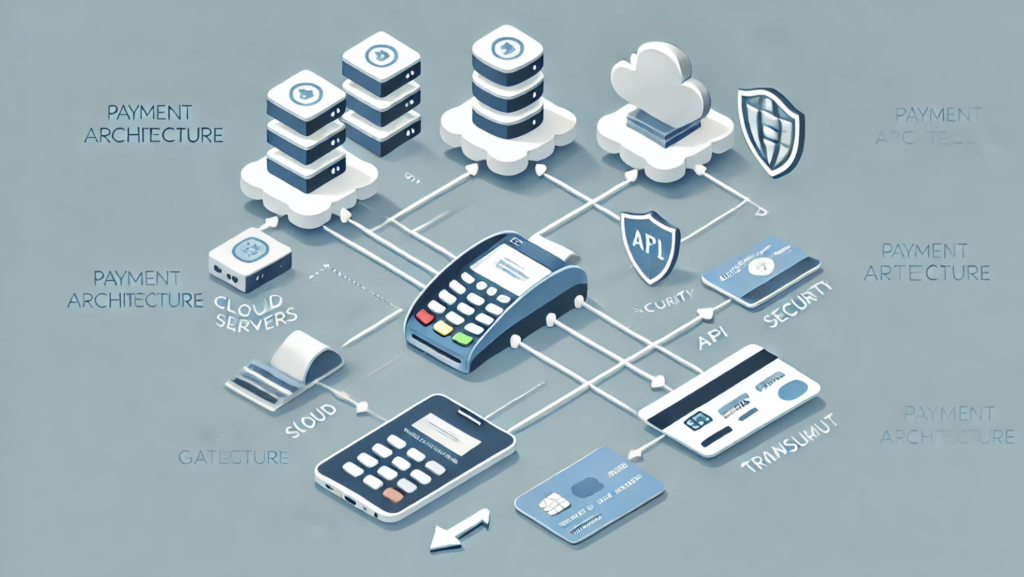
PAYMENT ARCHITECTURE
The financial plumbing of your digital storefront determines not just how you get paid but where you can sell and how much of each transaction you keep. Payment infrastructure is the often-overlooked foundation of global commerce.
Shopify’s payment ecosystem centers around its native Shopify Payments (powered by Stripe) while supporting 100+ third-party gateways—at a cost. The platform’s 0.5-2% fee for external payment processors represents a significant revenue share for high-volume merchants. Extensive international payment options and native POS integration reveal Shopify’s global, omnichannel ambitions.
Wix’s payment approach eliminates additional fees for third-party processors across its more limited selection of 50+ gateways. While Wix Payments provides a solid foundation, the platform’s cryptocurrency limitations and basic POS integration through third parties highlight its focus on standard rather than cutting-edge payment scenarios.

SCALABILITY POTENTIAL
The true test of an e-commerce platform isn’t how it performs today but how it evolves with your business. Scalability encompasses not just technical capacity but the economic and operational dimensions of growth.
Shopify’s enterprise-grade infrastructure provides essentially unlimited headroom for traffic, products, and orders. Advanced analytics, staff accounts, and automation tools support operational scaling, while Shopify Plus offers API increases, script editor, and wholesale channel capabilities for business model expansion. The platform’s multi-language, multi-currency, and automated tax features facilitate international growth.
Wix’s infrastructure supports small to medium traffic volumes with unlimited product capacity suitable for mid-sized businesses. Its more basic analytics and limited automation tools reveal its focus on smaller operations. While custom enterprise solutions exist, they lack the comprehensive nature of Shopify’s scaling toolkit, particularly for international expansion.
THE VERDICT
In the digital economy, your choice between Shopify and Wix isn’t merely technical—it’s strategic. Wix democratizes commerce for the masses with its accessible interface and lower technical barriers, making it ideal for small businesses, creative entrepreneurs, and companies where e-commerce complements rather than defines their business model.
Shopify, meanwhile, industrializes digital retail for scale. Its robust infrastructure, comprehensive app ecosystem, and performance advantages make it the natural choice for businesses focused primarily on online sales, particularly those with complex product catalogs, high-volume traffic, or ambitious growth trajectories.
The platform you choose today will shape not just your current operations but your future possibilities. Choose accordingly.
FAQ:
Which platform offers better design flexibility?
Wix’s unrestricted drag-and-drop editor offers radical creative freedom with 800+ templates, while Shopify’s section-based approach with 100+ premium themes ($140-$350) prioritizes structural consistency over unlimited customization.


